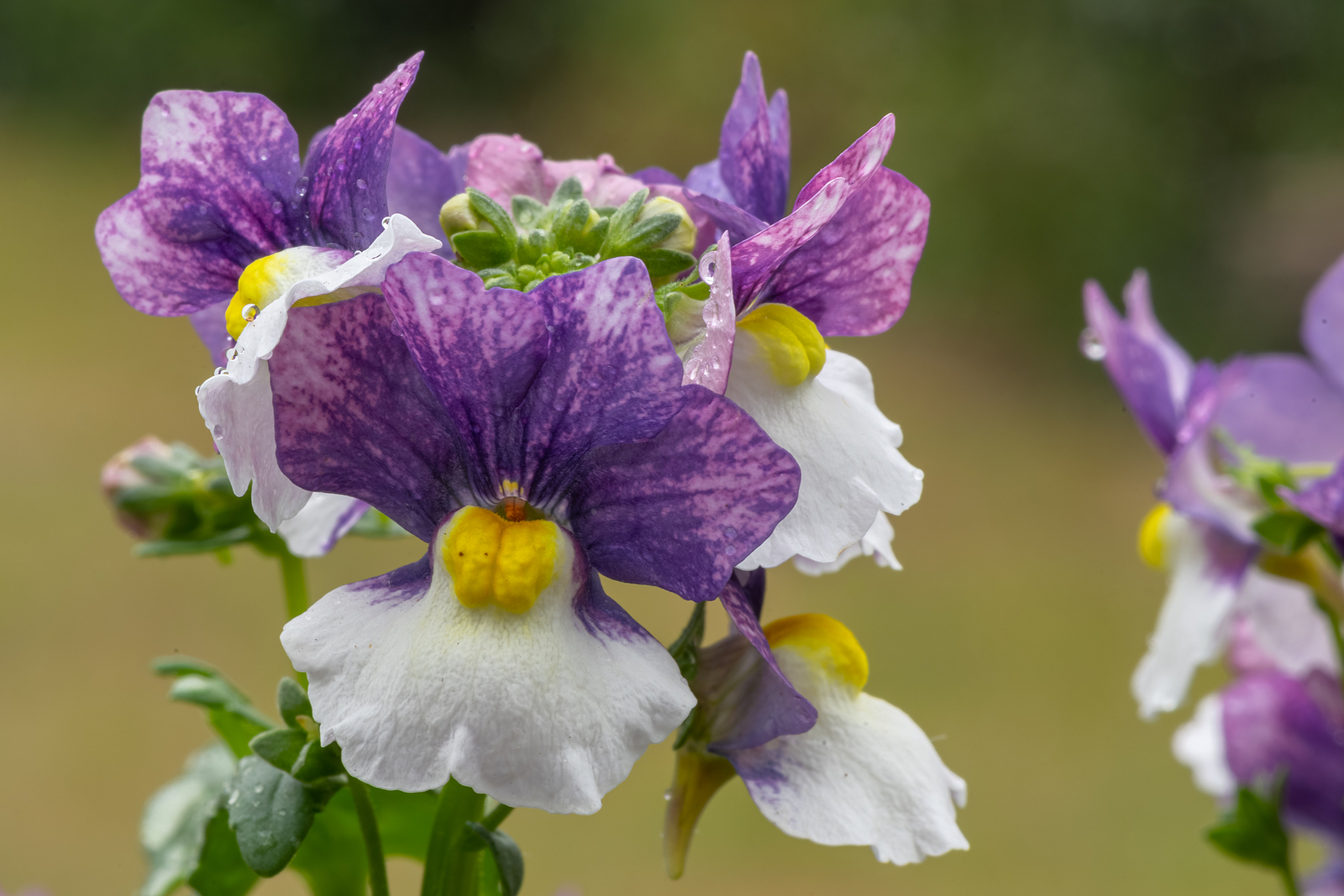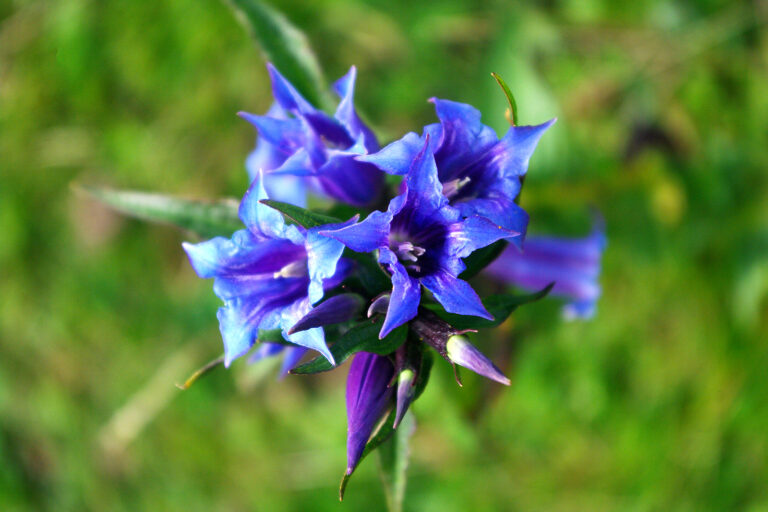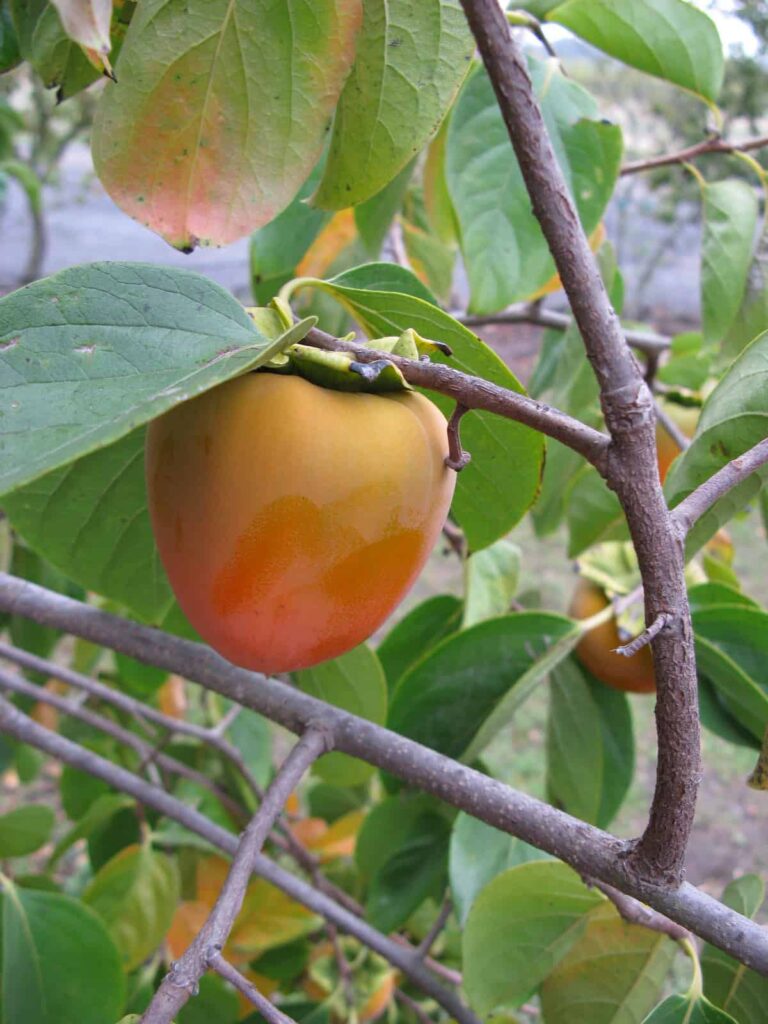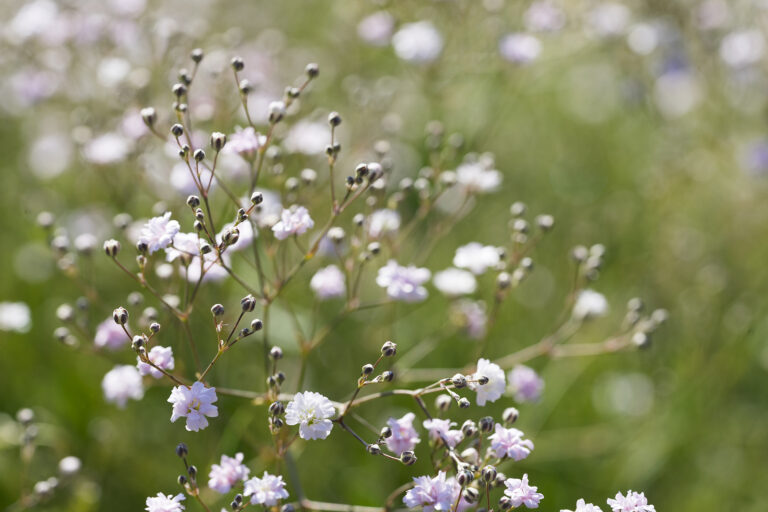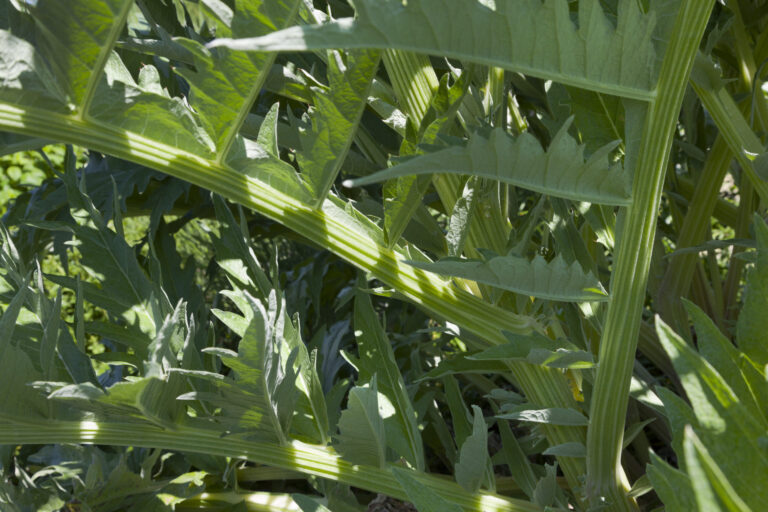Nemesia Care: Tips and Varieties for Success
Nemesia is a charming and versatile flowering plant known for its vibrant colors and delicate, fragrant blooms. Originating from South Africa, nemesia is typically grown as an annual, though it can be perennial in warmer climates. Here’s a detailed overview of nemesia and how to use it in the home garden:
Characteristics of Nemesia
- Blooming Season: Nemesia flowers profusely from late spring through summer and sometimes into fall, depending on the climate.
- Colors: Flowers come in a wide range of colors including white, pink, purple, blue, yellow, and bicolor varieties.
- Size: Most nemesia plants grow between 6 to 12 inches in height, making them compact and ideal for small spaces.
- Fragrance: Some varieties are delightfully fragrant, adding an extra sensory element to your garden.
- Growth Habit: Nemesia can have an upright or semi-trailing habit, suitable for various planting situations.
Ideal Growing Conditions
- Sunlight: Prefers full sun to partial shade.
- Soil: Well-drained, fertile soil that retains moisture but doesn’t get waterlogged.
- Watering: Regular watering is essential, especially in hot weather, as nemesia prefers consistent moisture.
Seven Ways to Use Nemesia in the Garden
1. Container Gardening
- Pots and Planters: Nemesia’s compact size makes it perfect for growing in pots, planters, and containers on patios or balconies.
- Mixing with Other Plants: Pair nemesia with complementary plants such as lobelia, bacopa, or petunias for mixed container displays that provide texture and color contrast.
2. Hanging Baskets
- Trailing Varieties: Use semi-trailing nemesia varieties in hanging baskets for a cascading effect that creates a colorful, eye-catching display.
- Companion Plants: Combine with trailing ivy, sweet alyssum, or trailing verbena to add variety and fullness to the arrangement.
3. Edging and Borders
- Low Border Plant: Plant nemesia along pathways or at the front of garden beds to create a lively, low-growing border that adds color and interest.
- Continuous Bloom: Use it for seasonal color that lasts throughout spring and summer.
4. Mass Planting
- Colorful Drift: Create an impactful display by planting nemesia en masse in garden beds. This approach works well for adding bright, continuous color to flower beds.
- Fill Small Spaces: Fill small garden patches or gaps between perennials with clusters of nemesia for a seamless look.
5. Rock Gardens
- Compact Growth: Nemesia’s compact and bushy growth fits well in rock gardens, where it can grow in the nooks and crannies between rocks, adding a splash of color and softening the landscape.
- Drought Tolerance: While nemesia appreciates consistent moisture, it can also tolerate brief dry spells, making it suitable for rock garden settings.
6. Window Boxes
- Easy Viewing: Place nemesia in window boxes to enjoy their beauty at eye level. The continuous blooms and sometimes fragrant nature make them perfect for enhancing windows or railings.
- Pairing Ideas: Mix nemesia with other sun-loving flowers like marigolds, pansies, or snapdragons for a cohesive yet varied display.
7. Seasonal Bedding Plant
- Spring and Summer Beds: Use nemesia as a seasonal bedding plant to add color to flower beds during spring and early summer.
- Cool-Season Transition: In some climates, nemesia can also be used as a cool-season bedding plant, bridging the gap between spring bulbs and summer annuals.
Maintenance Tips
- Deadheading: Regular deadheading encourages more blooms and keeps the plant looking tidy.
- Fertilization: A balanced, water-soluble fertilizer applied every few weeks helps maintain vigorous growth and continuous flowering.
- Pruning: Light pruning after the first flush of flowers can promote a second bloom cycle.
Good Products for Garden Care at Amazon:
- Garden Safe Snail and Slug Bait
- Bonide Sulfur Fungicide
- Monterey BT Caterpillar Killer
- Neem Bliss 100-% Cold Pressed Neem Oil
- Safer Brand Insect Killing Soap
- PyGanic Botanical Insecticide

Get to know Nemesia
Nemesia is an adaptable and low-maintenance plant that brings a burst of color to any garden space. Its versatility, compact size, and variety of colors make it an excellent choice for garden enthusiasts looking to brighten up their outdoor areas.
Nemesia are summer-blooming annuals and perennials grown for their abundant, brightly colored flowers. Species and Nemesia cultivars can be colored cream, orange, pink, blue, purple, yellow, and white.
There are about 50 species of Nemesia and many cultivars. The flowers are showy, spurred or pouched, two-lipped, and appear either singly or in small racemes. The flowers have four upper lobes, or “petals”, and one or two large flared lower lobes.
Nemesia are South African natives that thrive in cool-summer climates where nighttime temperatures drop below 65°F (18°C).
Nemesia are a colorful additions to beds, borders, and containers.
- Plant type: Annuals, some species perennials
- Growing zones and range: Annual in all zones; perennials grow best in Zones 9-11.
- Hardiness: Tender
- Height and width: 10 inches (25cm) tall, 12 inches (30cm) wide
- Foliage: Narrow lance-shaped, serrated, opposite leaves are usually pale green
- Flowers: Trumpet-shaped flowers; the flowers have an enlarged lower lip and resemble snapdragons
- Flower colors: White, yellow, red, pink, lavender, blue, and bicolors
- Bloom time: Summer
- Uses: Bedding plants, rock garden, hanging baskets, as bulb covers.
- Common name: Nemesia
- Botanical name: Nemesia
- Family name: Scrophulariacea
- Origin: South Africa
Where to plant Nemesia
- Plant Nemesia in full sun.
- Nemesia blooms best in cool weather. In hot climates, plant Nemesia where it gets dappled shade in the afternoon.
- Grow Nemesia in average to humus-rich, well-drained soil.
- Nemesia grows and blooms best in regions with mild summers and cool nighttime temperatures.
- Nemesia prefers a soil pH of 5.5 to 6.5.
Nemesia uses
- Nemesia is a handsome edging plant.
- Add Nemesia to a rock garden.
- Grow Nemesia in containers.
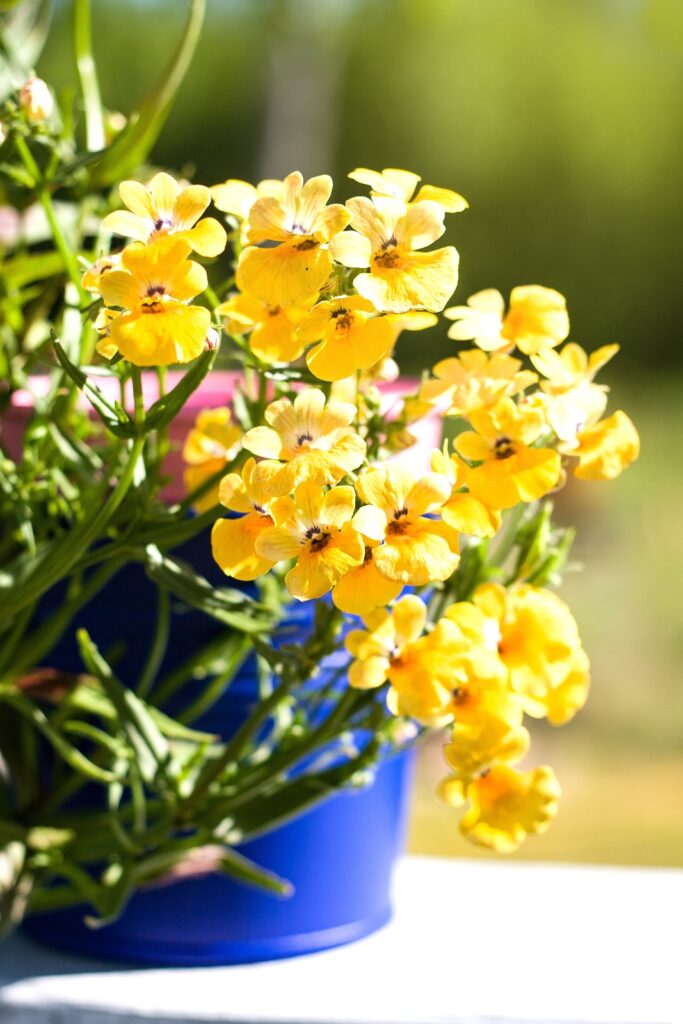
When to plant Nemesia
- Set Nemesia in the garden after the last frost in spring.
- Sow seeds indoors 8 to 10 weeks before the last frost in spring; start seed at 55° to 65°F (12.8°-18°C).
- Sow seed in a sterile seed-starting mix to prevent damping off.
Planting and spacing Nemesia
- Transplant Nemesia with care as the roots are brittle.
- Space Nemesia 10 to 12 inches (25-30cm) apart
How to water and feed Nemesia
- Nemesia wants soil that remains evenly moist.
- Fertilize Nemesia with an all-purpose fertilizer at planting time.

Nemesia care
- Deadhead faded blooms to prolong blooms time.
- Pinch out growing tips to encourage bushy growth.
- Cut Nemesia back by half after the first flush of bloom. Nemesia blooms best in cool weather.
Nemesia pests and diseases
- Nemesia is generally not bothered by pests and diseases.

Nemesia propagation
- Sow seeds indoors in early spring. Sow seed outdoors after the last frost.
- Germination takes 7 to 14 days at 60° to 68°F (16°-20°C).
- Take softwood cuttings of perennials in early spring or semi-hardwood cuttings in late summer.
Nemesia varieties to grow
- Nemesia strumosa: Wild species grows to 18 inches (45cm) tall; plants sold under this name are usually compact hybrids between N. strumosa and N. versicolor; hybrids include all colors except green.
- N. versicolor: Resembles N. strumosa but colors are blue, yellow, and white; ‘Blue Gen’ cultivar is pure blue.
Nemesia frequently asked questions
Q: How do I grow nemesia from seed?
A: For the best results, start seeds indoors four to six weeks before transplanting seedlings outside. Cover the seeds completely; they need darkness to germinate.
Q: My nemesia grows tall and lanky and does not flower. What is wrong?
A; There are a few reasons: nemesia must have a cool, dry climate to thrive; it does not do well in hot, highly humid regions. Pinch it back at planting time to encourage business. Give it full sun or light state and humus-rich, moist soil that is mulched to keep it cool. Give nemesia plenty of all-purpose organic fertilizer.
Related Articles:

